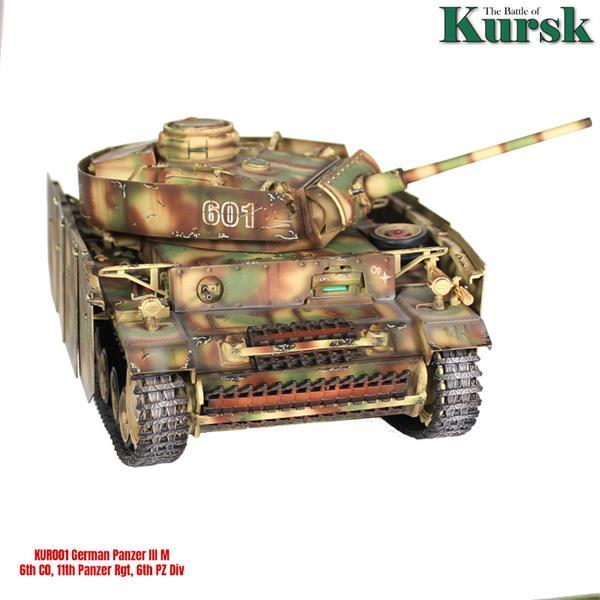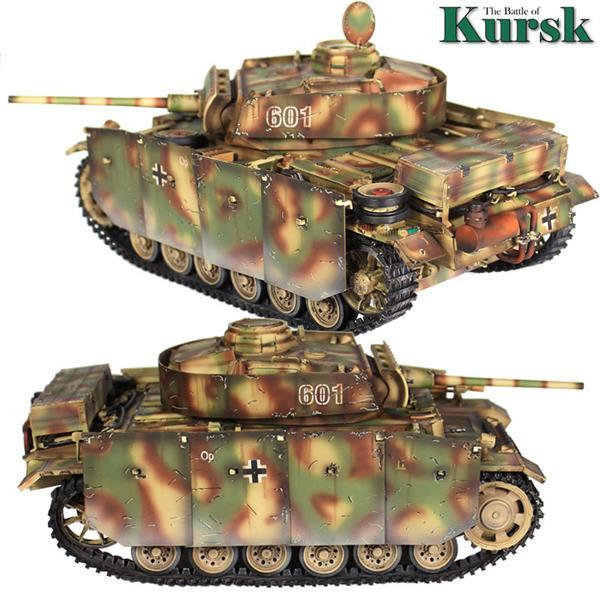German Panzer III M--6th Co, 11th Panzer Regt, 6th Pz. Div, The Battle of Kursk
$399.95
Item Number: KUR001
German Panzer III M--6th Co, 11th Panzer Regt, 6th Pz. Div, The Battle of Kursk
We are pleased to present you our first vehicle for our new Battle of Kursk series, KUR001 German Panzer III M from the 6th Panzer Division. During the Battle of Kursk in July 1943, the Panzer III M, a variant of the Panzer III tank used by the 6th Panzer Division, played a significant role in the intense clashes between German and Soviet forces. Equipped with a more powerful 50mm gun compared to earlier versions, the Panzer III M was employed in attempts to break through Soviet defenses during the German offensive. Despite its improved armament, the Panzer III M faced considerable challenges due to the increasingly effective Soviet defenses, including anti-tank weapons and the formidable T-34 tanks. The engagement at Kursk highlighted the evolving nature of armored warfare and the need for continued adaptation in tank design and tactics.
- Fully Rotating Turret
- Gun Barrel Raises and Lowers
- Antenna Raises/Lowered
- Optional AAMG Display (NOTE THAT THIS IS AN EXTRA/OPTIONAL PART WE ARE INCLUDING THAT WE WILL NOT SUPPORT)
- Full Hull and Turret Steel Shurtzen Skirts that are fully configurable - use some or all, your choice!
The Battle of Kursk, fought from July 5 to August 23, 1943, was a pivotal engagement during World War II and marked the largest tank battle in history. Located in the Kursk salient in western Russia, it involved massive confrontations between the Soviet Red Army and Nazi Germany's Wehrmacht. The battle began with a German offensive, Operation Citadel, aimed at encircling and destroying Soviet forces. However, the Soviets, forewarned and heavily fortified, repelled the attack with a robust defense and counterattacks. The battle saw the largest concentration of tanks, with thousands on each side, and was marked by fierce combat and extensive use of artillery and aircraft. The Soviet victory at Kursk not only thwarted the German strategic ambitions, but also marked the beginning of a sustained Soviet offensive that would eventually push the Axis forces back towards Berlin.


